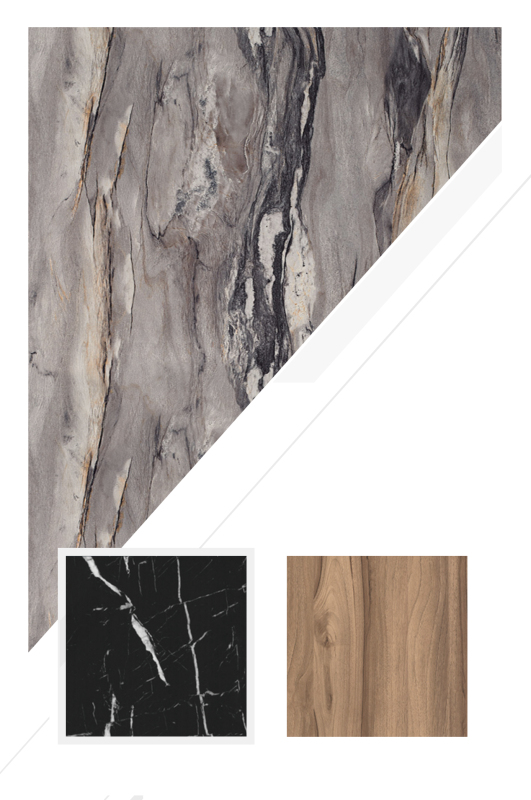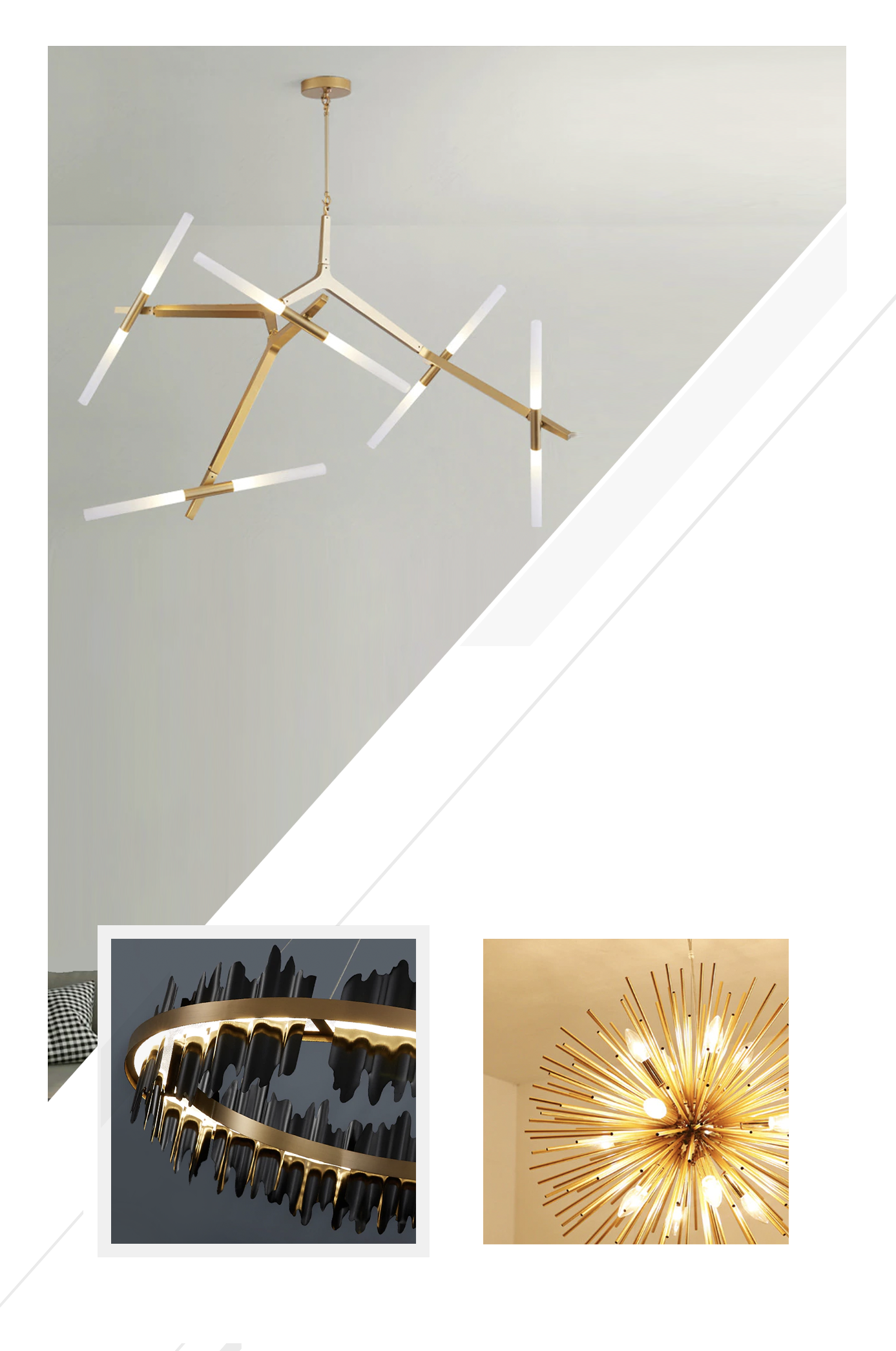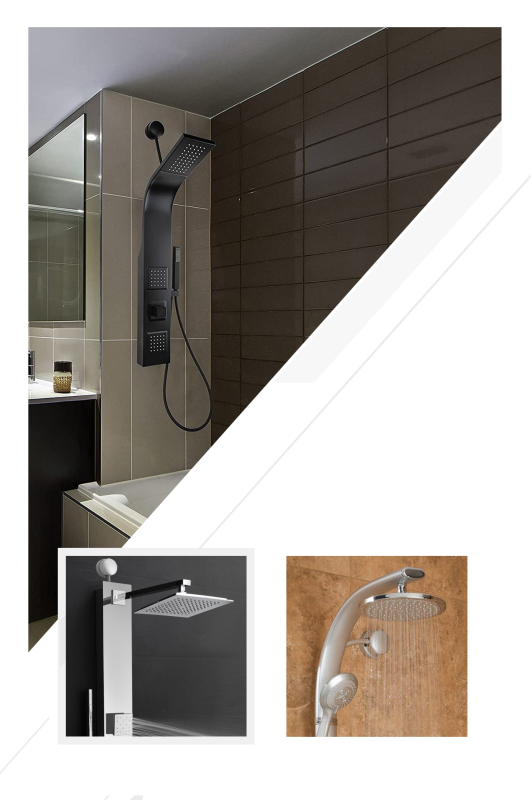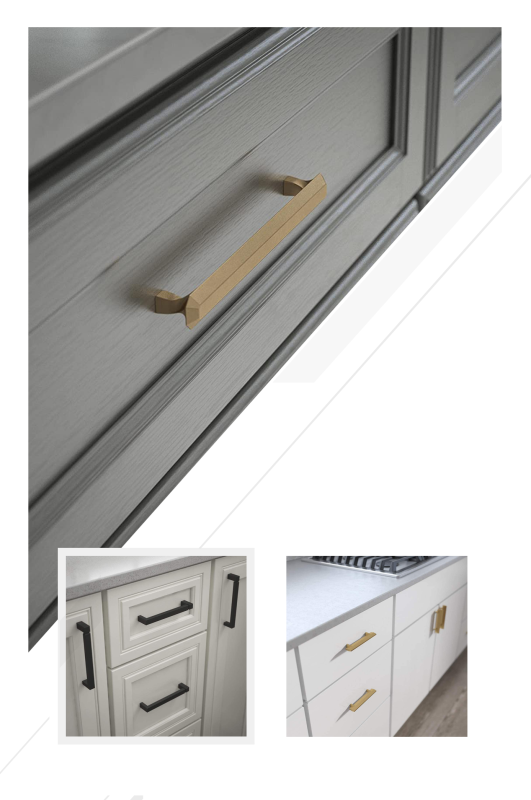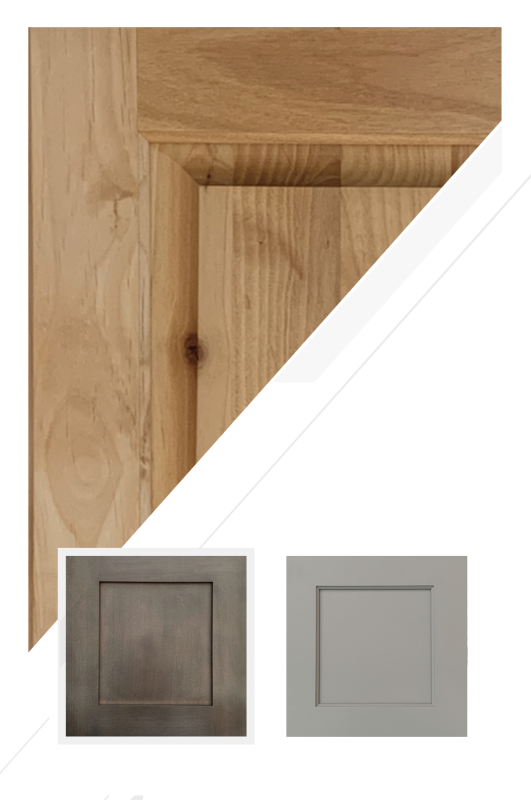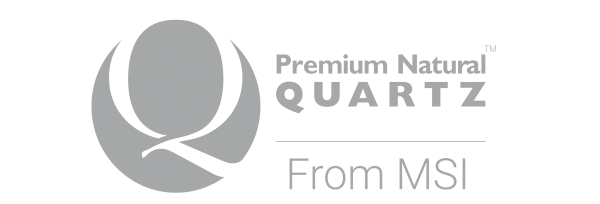Edges That Defend: Roofs, Eaves, Vents, and Openings Built for California Fire Zones
By Joy Line Homes California
Wildfire safety is won or lost at the edges. Roof lines, eaves, vents, windows, and doors are where embers search for a way in. Joy Line Homes designs these edges with precision so families in Los Angeles, Ventura, Santa Rosa, Napa, and Paradise gain calm, code compliant protection without losing beauty. The goal is a home that looks modern and remains ready on the hottest, windiest days.
We approach each edge as a system. Materials that resist ignition, details that close gaps, and assemblies that shed heat and debris. When edges work together, inspectors see a complete story and insurers see risk reduced in measurable ways. Owners feel that confidence every time wind rises.
Class A Roofs with Clean Geometry
Roofs do the heavy lifting during ember storms. Joy Line specifies Class A assemblies with standing seam metal or high performance composites. Geometry stays simple. Fewer valleys mean fewer traps for debris. Flashings are tight and continuous. Penetrations are grouped and sealed with tested boots. Ridges and hips receive closure strips that deny ember entry. Gutters use metal with leaf guards and easy clean outs. Downspouts land on splash blocks or piped drains that carry water away from the wall.
Where solar is planned, we coordinate attachment points and wire paths so hardware stays sealed and visible. The result is a roof that resists ignition, sheds water, and welcomes service without surprises.
Eaves that Close the Gap
Open eaves invite embers and heat. Joy Line encloses eaves with ignition resistant soffits and solid blocking that meets WUI rules. Venting is balanced with ember resistant grilles that sit flush and clean. Drip edges and metal returns protect corners where wind swirls. The soffit line aligns with window heads for a calm facade. Inspectors read the detail in seconds. Homeowners feel the quiet of a sealed envelope that also looks refined.
On deeper porches, beams and soffits are trimmed to remove pockets where debris can gather. The look stays light. The protection stays strong. Maintenance becomes a quick sweep, not a ladder day.
Vents that Breathe without Inviting Embers
Fresh air is important, but not if it opens a door to embers. Joy Line uses ember resistant attic and crawl vents with fine mesh and tested baffle geometry. Locations are coordinated with framing so screws land in solid wood and gaskets compress evenly. Dryer and bath exhausts receive backdraft dampers that actually close. Terminations point away from prevailing wind and sit clear of leaf pockets. Labels note model numbers for fast replacement years later.
Balanced ventilation pairs with the sealed envelope and high performance filtration inside. The whole system contributes to clean air during smoke weeks and safety during ember events.
Windows that Hold Under Heat
Windows are the eyes of the home and a key defense. Joy Line specifies dual pane tempered glass with robust frames and tested glazing beads. Sills are sloped with metal head flashing and end dams. We avoid weep holes that face wind directly. Screens are metal, not plastic. On long west faces, shading keeps glass cooler and reduces stress during heat events. The view remains clear. The assembly resists thermal failure longer. Comfort and safety improve together.
Interior finishes at sills and jambs are sealed and smooth so cleanup after dusty weeks takes minutes. Small details protect the edges where fingerprints and daily life leave marks.
Doors and Sliders that Seal Tight
Exterior doors receive metal thresholds, continuous weatherstripping, and reinforced corners. Sliders use high quality track systems that shed grit and drain well. Where large openings meet patios, we place a non combustible landing with a gentle slope away from the wall. This keeps leaves from collecting and protects gaskets from standing water. Hardware is corrosion aware near the coast and low maintenance everywhere else. The feel is solid and quiet with a close that reassures every time.
At entries, canopies or deep overhangs shield the assembly. Lighting is shielded and bright enough for safe steps without glare. Safety and welcome arrive together at the front door.
Siding and Joint Strategy
Cladding must resist ignition and move water out. Joy Line favors fiber cement panels or lap with metal trims, as well as approved metals for a crisp modern look. Joints are backed and sealed. Base lines lift above the five foot band so wash downs are easy. Corners are protected with metal where bags and bikes tend to bump. The wall reads as a simple set of planes with very few places for embers to hold.
Service penetrations pass through sealed sleeves and are labeled inside the mechanical binder. The next technician will thank you, and the wall will stay tight for years to come.
Decks, Skirts, and Stairs
Decks should feel close to daily life yet remain smart about heat. We use ignition resistant or metal framing near the wall and keep surfaces clean of gaps where embers collect. Skirts are enclosed with approved panels and screened vents. Stairs have solid risers. Where wood appears, it steps away from the wall and meets a stone or concrete break. The look stays warm. The rules remain simple for inspection and long life.
Drainage from decks lands on hardscape or gravel that continues the Zone Zero band. A quick rinse returns the area to clean, ready condition after a windy afternoon.
Fence Returns that Stop Flame Paths
Wood fences can carry fire right to a wall. Joy Line returns the final segment in metal or masonry with a small gap from the facade. Gates use metal frames and clean latches. Gravel beds under the line remove leaf nests. In neighborhoods, this return aligns with the side yard gravel ribbon for a tidy service lane. On rural parcels, returns create a clear patrol path that crews can check in minutes after wind events.
These simple moves remove a major risk at very low cost. Safety improves without any hit to curb appeal.
Zone Zero that Works with Architecture
The first five feet around the building are treated as design, not only as rule. Bands of concrete, large pavers, or compacted stone sit tight to the wall. Hose bibs and outlets land at corners. Planters and grills shift outward to small pads. The band sweeps clean in minutes and gives inspectors a clear, confident read at the very first visit.
Where shade is needed, freestanding metal trellises land outside the band and cool glass without creating a continuous fuel path. Comfort and code live in the same composition.
ADUs that Echo the Main Envelope
Accessory dwelling units follow the same envelope rules. Class A roofs, enclosed eaves, ember resistant vents, and tempered windows appear as standard. Placed with care, the ADU helps form a courtyard that blocks wind and keeps dust off doors. The shared pattern supports WUI goals while giving families a calm outdoor room. Later, the ADU becomes a rental or studio without any extra work on life safety details.
Utility runs stay short when the ADU lands near the drive. Inspectors learn the Joy Line language on the smaller set which often helps the main permit move faster.
City Notes: One Method, Five Contexts
Los Angeles: Hillside winds reward simple roofs, enclosed eaves, and shade over west glass. Metal fence returns and stone bands hold the line on narrow lots with tight setbacks.
Ventura: Coastal air favors corrosion aware fasteners and seals. Metal roofs and soffits pair with leaf guards to keep salt and debris from building up along edges.
Santa Rosa: Neighborhood rhythms support repeating fiber cement packages and tidy gravel side ribbons. Inspectors appreciate a known pattern across a block of rebuilds.
Napa: Deep porches cool glass and allow smaller mechanical loads. Olive or oak shade works with tempered windows and metal trellises that stand free from the wall.
Paradise: Disturbed soils often lead to helical piles and compact booms. Envelope details stay identical to larger homes so crews move quickly from set to seal.
Maintenance that Fits Real Life
Protection improves when care is simple. Joy Line leaves a one page list. Rinse gutters. Check leaf guards. Sweep the five foot band. Inspect vent screens. Wipe window sills. Confirm door seals and thresholds. The list fits a short Saturday block and keeps edges ready for the season. Replacement part numbers live in the digital binder and on a label inside the mechanical closet.
After windy weeks, a five minute patrol clears corners and screens. Small habits protect big investments and keep the home feeling calm during tough weather.
Stories from Recent Rebuilds
In Los Angeles, simple roof geometry and enclosed eaves passed inspection on the first visit and kept interiors dust free through a wind event. In Ventura, metal soffits, leaf guards, and corrosion aware fasteners cut maintenance and improved confidence by the coast. In Santa Rosa, repeating window and flashing details across three neighbors shortened review times. In Napa, deep porches, tempered glass, and freestanding trellises kept rooms cool and protected seals. In Paradise, compact sets with the same envelope rules moved a street of homes from set day to weather tight in a single week.
The Joy Line Perspective
Edges shape safety. Joy Line Homes designs roofs, eaves, vents, windows, and doors as a single protective language that also looks refined. Class A roofs shed embers. Enclosed eaves deny access. Vents breathe without risk. Openings seal tight and stay service friendly. The five foot band and fence returns complete the picture. With clear drawings, labeled parts, and simple care, families gain a home that feels calm on ordinary days and ready when the forecast turns.
About Joy Line Homes
Joy Line Homes builds modular residences and ADUs across California with envelopes engineered for WUI zones. Our roof, eave, vent, and opening details pair life safety with modern style so families return home faster and stay protected longer.
Visit JoyLineHomes.com to request our WUI edge detail packet for your rebuild.
We are based in Santa Cruz County ,
California
Tel: (831) 888-Home
Email: info@joylinehomes.com
Business Hours: 9am - 6pm

